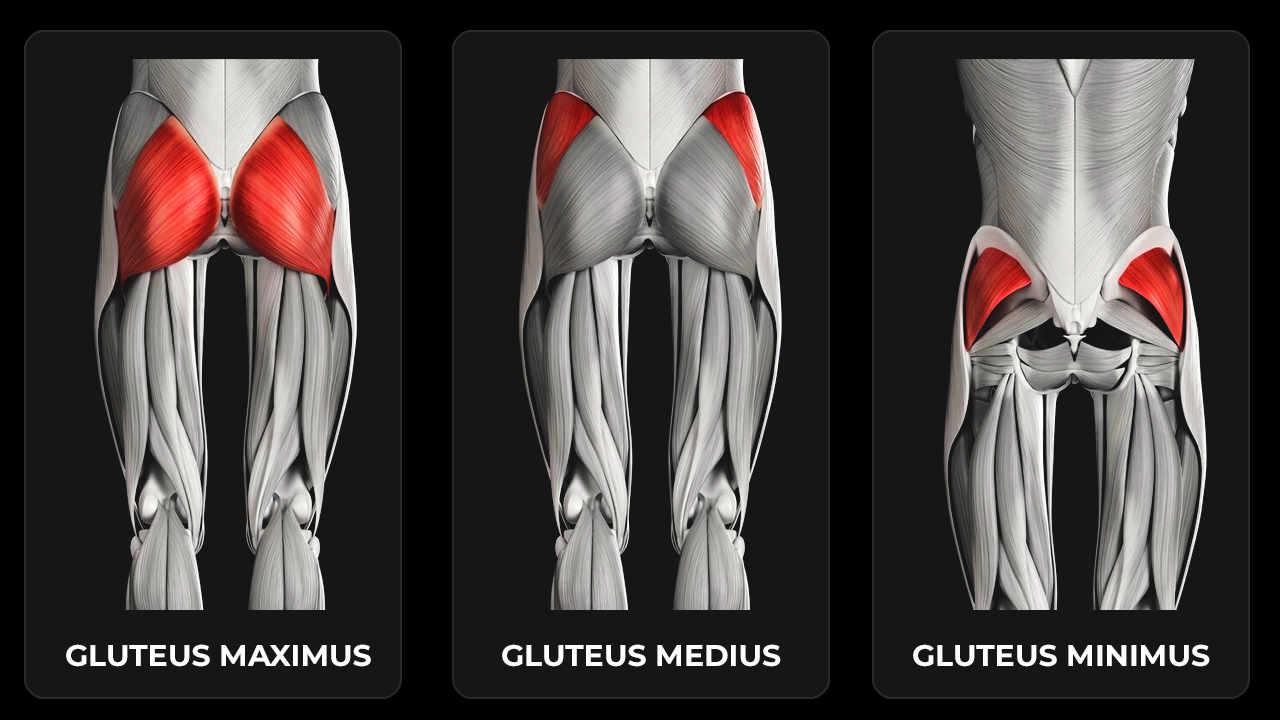Physical therapy stands as a crucial component of patient care, offering essential rehabilitative services aimed at enhancing physical function, mobility, and overall well-being.
Through a comprehensive approach that encompasses assessment, personalized treatment planning, therapeutic interventions, and patient education, physical therapists play a pivotal role in empowering patients on their journey toward recovery and improved health.
In this comprehensive exploration, we delve into the key aspects of physical therapy care, its benefits, and its significant contributions to patient well-being.
Table of Contents
ToggleUnderstanding Physical Therapy Care:
Physical therapy care encompasses a range of rehabilitative services designed to address musculoskeletal, neuromuscular, cardiovascular, and respiratory impairments. Whether recovering from an injury, managing a chronic condition, or preparing for surgery, patients receive personalized care tailored to their specific needs and goals.
Physical therapists employ evidence-based interventions to promote healing, restore function, and optimize mobility, ultimately enhancing the overall quality of life for patients.
The Role of Physical Therapists:
Physical therapists, as highly trained healthcare professionals, play a central role in providing physical therapy care. They possess expertise in assessing, diagnosing, and treating a wide range of movement disorders and physical impairments.
By conducting comprehensive evaluations, physical therapists gain insight into each patient’s unique condition and develop individualized treatment plans to address their specific needs and goals. Through ongoing collaboration and support, physical therapists guide patients through their rehabilitation journey, empowering them to achieve optimal outcomes and regain independence in their daily lives.
Key Components of Physical Therapy Care:
- Assessment: Physical therapists begin by conducting thorough assessments to evaluate the patient’s movement patterns, strength, flexibility, balance, and functional abilities. These assessments serve as the foundation for developing personalized treatment plans tailored to address the patient’s specific impairments and rehabilitation goals.

- Treatment Planning: Based on the assessment findings and the patient’s individual needs, physical therapists develop comprehensive treatment plans that outline specific interventions and goals. Treatment plans may include a combination of therapeutic exercises, manual therapy techniques, modalities, and patient education strategies aimed at promoting recovery and restoring function.
- Therapeutic Interventions: Physical therapy care involves a variety of therapeutic interventions designed to improve mobility, reduce pain, and enhance overall physical function. Therapeutic exercises, such as strength training, stretching, and cardiovascular conditioning, help improve muscle strength, flexibility, and endurance. Manual therapy techniques, such as joint mobilization and soft tissue manipulation, target specific areas of dysfunction to promote healing and restore normal movement patterns.
- Modalities: Physical therapists may utilize various modalities, such as heat therapy, ice therapy, ultrasound, electrical stimulation, and traction, to address pain, inflammation, and tissue healing. These modalities help alleviate discomfort, reduce swelling, and facilitate the body’s natural healing process, enhancing the effectiveness of other therapeutic interventions.
- Patient Education: Education plays a vital role in physical therapy care, empowering patients to take an active role in their recovery and long-term health. Physical therapists provide patients with information on proper body mechanics, ergonomics, home exercise programs, and self-management strategies to support ongoing progress and prevent future injuries.
Benefits of Physical Therapy Care:
- Improved Mobility: Physical therapy interventions help improve mobility, range of motion, and functional abilities, enabling patients to perform daily activities with greater ease and independence.
- Pain Relief: Physical therapy care aims to alleviate pain and discomfort associated with musculoskeletal injuries, chronic conditions, or post-surgical recovery, enhancing overall comfort and quality of life for patients.
- Enhanced Strength and Flexibility: Therapeutic exercises and strength training programs help improve muscle strength, flexibility, and endurance, enhancing overall physical performance and reducing the risk of future injuries.
- Faster Recovery: Physical therapy interventions promote tissue healing, reduce inflammation, and accelerate the recovery process following surgery, injury, or illness, enabling patients to return to their normal activities sooner.
- Prevention of Recurrence: Physical therapists address underlying movement dysfunctions and biomechanical imbalances to prevent recurrent injuries and improve overall musculoskeletal health, reducing the likelihood of future complications.
- Improved Quality of Life: By restoring function, reducing pain, and enhancing mobility, physical therapy care contributes to an improved quality of life for patients, allowing them to engage more fully in work, leisure, and recreational activities.
Conclusion:
In conclusion, physical therapy care plays an integral role in patient well-being by promoting recovery, restoring function, and enhancing overall health and quality of life.
Through a holistic approach that emphasizes assessment, personalized treatment planning, therapeutic interventions, and patient education, physical therapists empower patients to achieve optimal outcomes and regain independence in their daily lives.
Whether recovering from an injury, managing a chronic condition, or preparing for surgery, patients benefit from the expert guidance and support provided by physical therapy care, enabling them to thrive and live life to the fullest.



